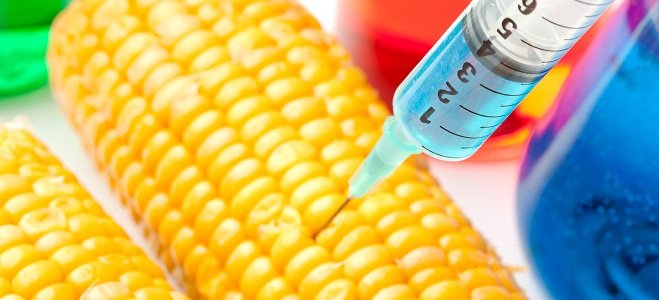It is highly probable that you have ever heard the term transgenic on television or seen on the internet. However, even if it sounds like something to you, you may not know what it consists of and what it is used for. Right away you will know everything about transgenic foods, what function they have in the diet itself and if they entail any risk to health.

What are transgenic foods?
- It is very easy and simple to understand, a transgenic food is one whose DNA is altered to achieve some type of nutritional advantage, and from said alteration a series of new foods with specific characteristics can be created. The most normal thing is that a transgenic food is of vegetable origin, such as fruits that do not have seeds that have a different color or flavor than the original product.
- The two foods that have suffered the most alterations and modifications are soybeans and corn in order to achieve greater resistance to pests and weather events. Transgenic foods, as they are known today, were created during the 1990s, since the first food with its modified DNA was marketed on this date.
- Today, there is total transparency on the issue of genetically modified foods and consumers must know which products have been modified or altered. Despite this, this type of food continues to generate great controversy in society. Faced with detractors who see it as something against nature, the benefits and advantages are many since thanks to this alteration in its composition, food is more resistant to pests or diseases, which is beneficial when it is harvested and later consumed.
- In relation to this issue, the Greenpeace organization has prepared a guide with different transgenic foods that can carry some type of risk to the health of people who decide to consume them.
